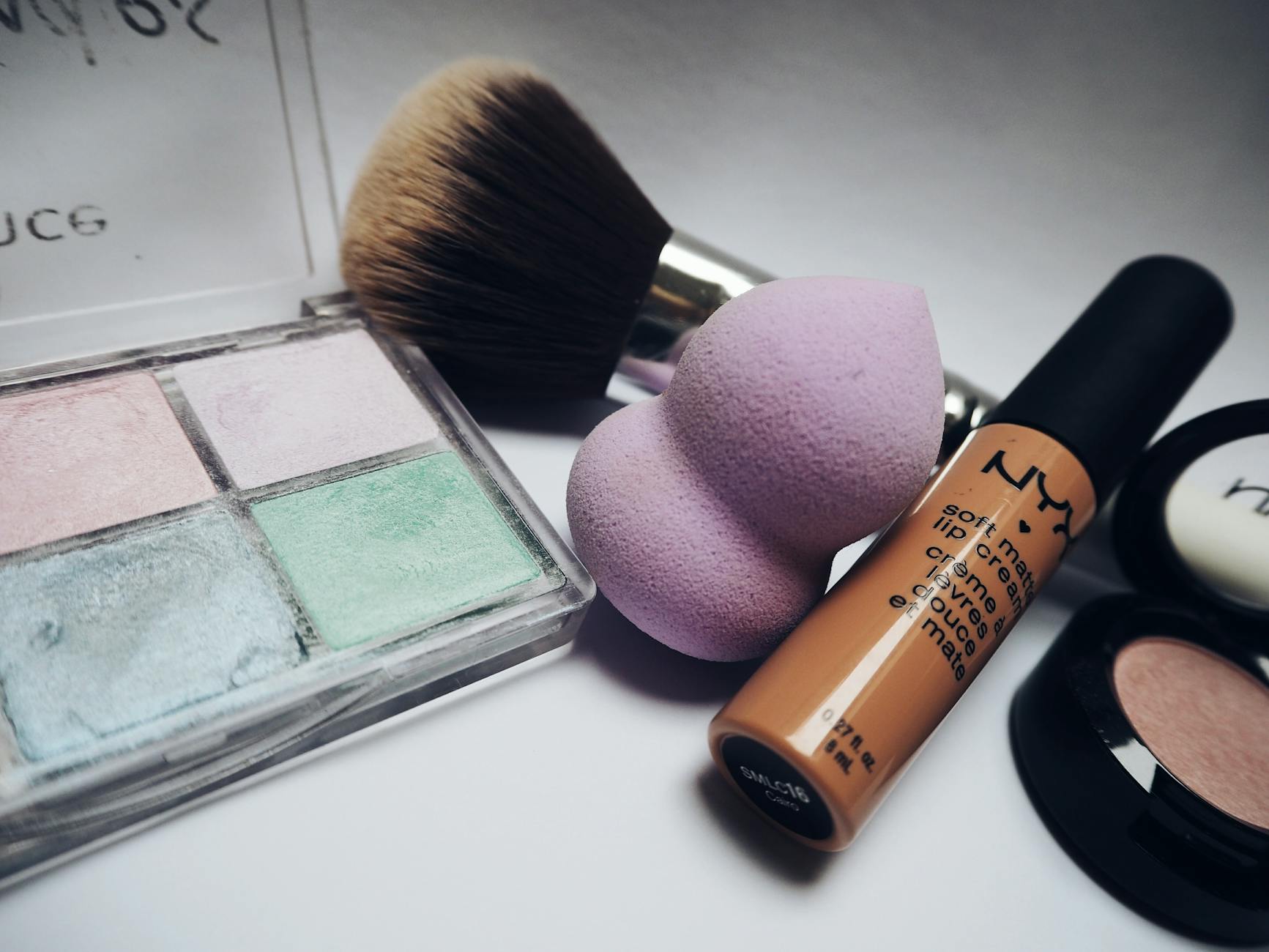Are Your Sunscreen Choices Meeting Australia's Environmental Standards?

Evaluating Sunscreen Ingredients
When it comes to choosing a sunscreen, understanding the ingredients is vital for both personal protection and environmental impact. At the Australian Skin Cancer Clinics in Sydney's CBD, I've often consulted with clients who are concerned about the chemicals in sunscreens and their effects on marine ecosystems. Research shows that ingredients like oxybenzone and octinoxate can be harmful to coral reefs, an important consideration for those who care about environmental conservation.
Identifying Harmful Substances
Not all sunscreen ingredients are created equal. It's important to identify harmful substances that may impact the marine environment. Ingredients such as oxybenzone and octinoxate have been linked to coral bleaching, which is a significant concern for anyone committed to marine preservation.
Understanding Reef-Safe Alternatives
Thankfully, there are reef-safe alternatives available, with zinc sunscreen being a notable option. Zinc oxide provides effective sun protection while being less harmful to marine life. As someone deeply ingrained in environmental science, it's essential for me to recommend solutions like this that align with ecological values.
Reviewing Scientific Evidence
Scientific evidence underscores the importance of choosing the right sunscreen for both personal and environmental health. Studies from reputable institutions like the University of Sydney Medical School have provided valuable insights into the efficacy and safety of zinc-based sunscreens. Reading peer-reviewed articles and participating in expert forums, as Ben would do, can guide informed decisions and support sustainable choices.
Regulatory Standards in Australia
Australian Environmental Regulations
Living in Australia, one quickly realises the importance of stringent environmental regulations, particularly in sun protection. Here, issues like the effects of traditional sunscreens on marine ecosystems cannot be overlooked. The Australian government enforces environmental standards to ensure that harmful chemicals do not damage the Great Barrier Reef or other aquatic ecosystems. For someone like Ben, it’s essential to understand these regulations, as they provide a baseline for what constitutes environmentally friendly sunscreen.
Compliance for Sunscreen Products
When considering a purchase, especially a product like sunscreen, it’s crucial to verify whether it complies with Australian standards. The Therapeutic Goods Administration (TGA) oversees the approval and labelling, ensuring all products meet safety and efficacy criteria. During a talk at the University of Sydney Medical School, I was reminded that an increasing number of consumers now check for certifications like 'reef safe' or natural sunscreen before making informed choices.
Enforcement and Monitoring
Effective policy enforcement and monitoring are key to maintaining Australia’s commitment to environmental sustainability. Agencies conduct regular inspections to ensure that products on the market do not include banned substances harmful to marine life. For individuals like Ben, knowing this can boost confidence in choosing products that align with environmental values. The Dermatology Department at Westmead Hospital, for instance, often collaborates with these regulatory bodies to keep citizens informed and empowered.
Understanding these standards is pivotal for anyone prioritising environmental sustainability while enjoying Australia’s sunlit outdoors.
Marine Ecosystem Impact
Effects on Coral Reefs
In my experience as a skin care professional, I've encountered numerous individuals concerned about the environmental implications of their choices, especially when it comes to sunscreen. The impact on coral reefs is a primary consideration. Many traditional sunscreens contain chemicals like oxybenzone and octinoxate, which can lead to coral bleaching—even in small concentrations. For Ben, a conscientious environmental scientist, this is particularly disconcerting given his desire to protect marine biodiversity. It's reassuring to note that reef safe sunscreen options do exist and are designed to minimise such harmful effects.
Ecotoxicity Insights
Natural ecosystems, such as coral reefs, are sensitive to contaminants, and sunscreens can contribute to this toxicity. Through thorough study and continuous consultation with professionals at places like the University of Sydney Medical School and the Australian Skin Cancer Clinics in the CBD, I've learned that substances from sunscreen can affect marine fauna at various trophic levels. This means that the impact is not isolated to corals but ripples through the entire ecosystem.
Long-term Environmental Effects
The cumulative effect of harmful substances in sunscreens is a growing concern. The continued use of non-reef-safe products can lead to an irreversible decline in coral health and alter marine life balance over time. Ben’s dedication to his cause highlights the importance of meticulously examining the long-term interactions of our consumer habits with the environment. It’s imperative for those who share his commitment to conservation to routinely evaluate and adopt eco-friendly alternatives.
Choosing Eco-Friendly Sunscreens
Analyzing Certified Products
Selecting the right sunscreen is paramount, especially when factoring in its environmental impact. For someone like Ben Faulkner, who prioritizes marine conservation, identifying certified products is essential. Look for sunscreens certified by organizations that verify baby sunscreen for its safety and minimal environmental impact. Certifications like EcoCert and the Environmental Working Group's ratings can guide your choices. Consider the type of protection offered by the certified products, ensuring they cover a broad spectrum while maintaining safety for aquatic ecosystems.
Assessing Transparency and Labels
The next step is to examine the product labels and transparency of manufacturers. An informed decision requires access to information about ingredients and environmental impacts. Ensure the products clearly label their active ingredients, and research the company's sustainability practices. It's beneficial when brands openly share their testing methods and results, similar to institutions like the Australian Skin Cancer Clinics. This level of transparency aligns with ethical consumerism and supports informed decisions.
DIY Natural Sunscreen Alternatives
If commercial options fall short, crafting your own sunscreen can be feasible. By using natural ingredients like zinc oxide, coconut oil, and shea butter, you can create a product that offers both sun protection and environmental safety. However, always consider expert opinions, perhaps from dermatology professionals at places like Westmead Hospital, to ensure the effectiveness and safety of your DIY alternatives. This approach underscores the importance of a balance between personal health and environmental responsibility.
Challenges in Eco-Conscious Choices
Avoiding Common Missteps
Navigating the world of eco-friendly sunscreens can be tricky, particularly here in Australia where our skin faces intense UV exposure. One widespread error is choosing a product labelled "natural" or "organic" assuming it provides sufficient protection. I've seen this mistake among patients several times during my consultations at the Dermatology Department at Westmead Hospital. Always ensure your sunscreen is TGA approved and offers broad-spectrum protection. Remember, not all "reef-safe" labels equate to effective skin protection.
Balancing Protection and Sustainability
Striking the right harmony between skin protection and environmental responsibility is not always straightforward. During my time at the Australian Skin Cancer Clinics in the CBD, we've advocated for using reef friendly sunscreen Australia that avoids harmful chemicals like oxybenzone and octinoxate. Look for zinc oxide or titanium dioxide as active ingredients instead. These mineral-based options are not only gentle on marine ecosystems but also provide robust UV protection. Ground your choices in research—our work at the University of Sydney Medical School emphasizes checking product certifications and studies when assessing effectiveness.
Overcoming Market Misinformation
Misinformation in the skincare market is rampant, often misleading consumers about the safety and efficacy of eco-friendly sunscreens. Always verify claims against reputable sources and certifications. During patient consultations, I recommend familiarising themselves with dependable resources, such as peer-reviewed studies from University of Sydney Medical School. This empowers you to make informed decisions and access products that truly meet your ethical and protective needs.


